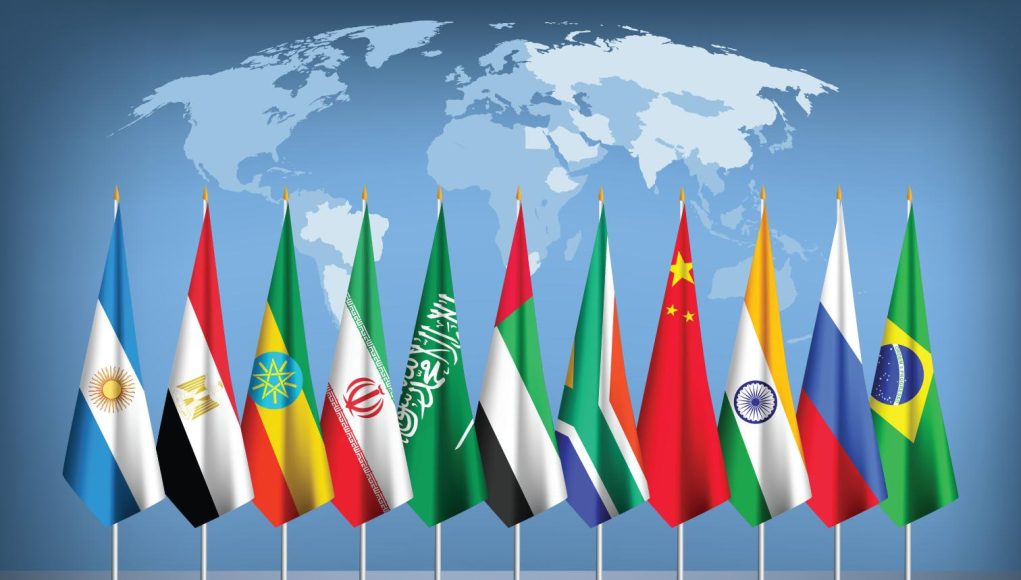Introduction
The global economic landscape is undergoing a transformation, with emerging markets gaining increasing significance. The BRICS nations—Brazil, Russia, India, China, and South Africa—have become key players in reshaping global trade, finance, and geopolitical dynamics. With expanding influence, economic growth, and strategic partnerships, BRICS countries are attracting investors, businesses, and policymakers worldwide.
This blog explores the impact of BRICS on global markets, the key trends driving their growth, and what the future holds for these emerging economies.
1. The Growing Economic Power of BRICS
BRICS nations collectively account for over 40% of the world’s population and contribute to about 25% of global GDP. Their combined purchasing power and industrial output make them a significant force in global economics.
Key Economic Indicators:
- China and India are among the fastest-growing economies, with projected GDP growth rates of 4.5% and 6.3% in 2025, respectively.
- Brazil and Russia are major exporters of natural resources like oil, gas, and agricultural products.
- South Africa plays a key role in the global mining and minerals sector.
🔹 Example: China’s Belt and Road Initiative (BRI) is strengthening economic ties between BRICS nations and other emerging economies.
2. De-Dollarization: Reducing Dependence on the US Dollar
One of the major shifts driven by BRICS is the move toward de-dollarization—reducing reliance on the US dollar for international trade.
Key Developments:
- BRICS nations are promoting trade in local currencies to reduce the impact of US monetary policies.
- The New Development Bank (NDB), also known as the BRICS Bank, is financing infrastructure projects in emerging markets without depending on the US dollar.
- China and Russia have increased bilateral trade using the Chinese yuan and Russian ruble.
🔹 Example: In 2023, India and UAE signed a deal to trade in rupees, reducing their dependence on the dollar.
3. BRICS Expansion: New Members and a Growing Influence
At the 2023 BRICS Summit, the group invited six new countries—Saudi Arabia, UAE, Iran, Egypt, Ethiopia, and Argentina—to join, further increasing its global economic influence.
Impact of Expansion:
- Strengthening Trade Alliances – Increased trade partnerships among emerging markets.
- Diversification of Resources – New members bring vast reserves of oil, gas, and rare minerals.
- Greater Political Leverage – A larger BRICS alliance challenges Western dominance in global decision-making.
🔹 Example: With Saudi Arabia and UAE joining BRICS, energy trade dynamics could shift, impacting the global oil market.
4. Digital Transformation and Fintech Growth
BRICS nations are leading in fintech innovation, digital payments, and blockchain technology, driving financial inclusion and economic growth.
Key Trends:
- India’s UPI (Unified Payments Interface) has revolutionized digital payments, influencing global fintech models.
- China’s Digital Yuan is a government-backed cryptocurrency challenging the dominance of traditional banking systems.
- Russia’s Mir Payment System is an alternative to Visa and Mastercard, reducing reliance on Western financial networks.
🔹 Example: In 2024, India and Brazil collaborated on integrating UPI with Brazil’s PIX payment system, boosting cross-border transactions.
5. BRICS and Global Trade: The Shift Towards South-South Cooperation
BRICS is strengthening South-South trade partnerships, promoting economic growth across Africa, Asia, and Latin America.
Key Initiatives:
- Bilateral trade agreements that reduce tariffs and increase cross-border commerce.
- Infrastructure investments in developing nations, especially in Africa.
- New global supply chains that are less dependent on Western economies.
🔹 Example: China and Brazil have increased trade in soybeans, oil, and industrial goods, bypassing Western supply chains.
6. Challenges and Risks Facing BRICS Economies
Despite their growth, BRICS nations face challenges that could hinder economic progress.
Major Risks:
- Geopolitical Tensions – The Russia-Ukraine conflict and US-China trade war create instability.
- Economic Disparities – Income inequality and infrastructure gaps affect long-term growth.
- Regulatory Challenges – Political uncertainties and policy shifts impact investor confidence.
🔹 Example: Sanctions on Russia have forced BRICS to seek alternative trade routes and banking systems.
The Future of BRICS: What’s Next?
With BRICS expanding its influence, global trade and finance are undergoing a fundamental shift. Investors and businesses must adapt to the evolving economic order, leveraging opportunities in emerging markets.
Key Takeaways:
✅ BRICS is driving economic growth in emerging markets.
✅ De-dollarization is reshaping global trade and finance.
✅ New members are increasing BRICS’ global influence.
✅ Digital transformation is fueling fintech expansion.
✅ Geopolitical risks remain a challenge but also an opportunity.
As BRICS continues to challenge Western dominance, its impact on global markets will only grow stronger. The world is watching—will BRICS redefine the future of international trade and finance?
🔹 What do you think about the BRICS effect on global markets? Let us know in the comments! 🚀



































